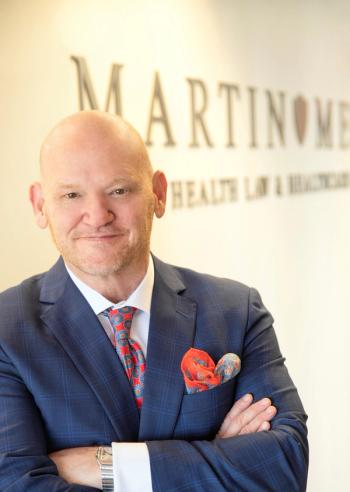
Five reasons why doctors should become wound care specialists
Senior populations are growing rapidly and will need increased quality medical care.
On June 25, 2020,
As Dr. Luke Rogers, chief of the Census Bureau’s Population Estimates Branch explained, “The first Baby Boomers had reached 65 years old in 2011. Since then, there’s been a rapid increase in the size of the 65-and-older population, which grew by over a third since 2010. No other age group saw such a fast increase.”
What these estimates tell us that the senior population is growing rapidly. Along with this growth comes an increased need for quality medical care, especially in areas such as wound care and pressure ulcers.
About the Author
Gayle Morris a medical writer with her BSN and MSN who practiced as a nurse and nurse practitioner for over 20 years.
Newsletter
Optimize your practice with the Physicians Practice newsletter, offering management pearls, leadership tips, and business strategies tailored for practice administrators and physicians of any specialty.








